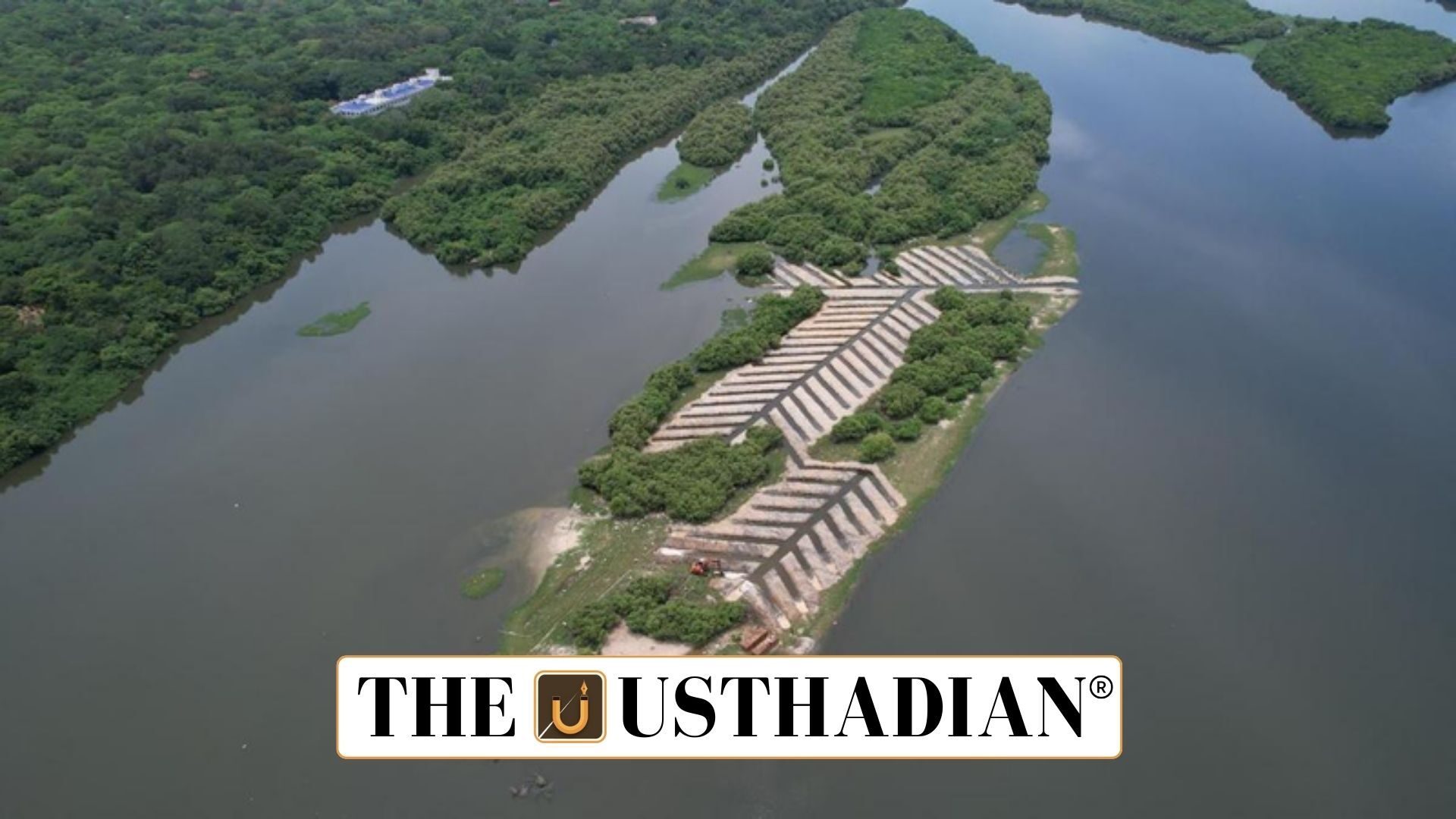New initiative by Tamil Nadu
New Mangrove Belt in Adyar Estuary: The Tamil Nadu Forest Department has created a new mangrove belt on Battle of Adyar Island in the Adyar Estuary. This ecological project focuses on improving biodiversity and protecting the coastal environment from erosion. The initiative aligns with India’s broader climate resilience and conservation goals.
Mangrove species planted
The mangroves planted include Rhizophora mucronata, Rhizophora apiculata, Avicennia marina, and Excoecaria agallocha. These species are known for their strong root systems, which help stabilize soil and reduce erosion in coastal zones. Static GK fact: India has about 4,975 sq. km of mangrove cover as per the Forest Survey of India 2021 report.
Removal of invasive species
Before the plantation, the invasive species Prosopis juliflora was removed. This plant often threatens native ecosystems by spreading rapidly and reducing biodiversity. Its removal has created space for native mangroves to thrive. Static GK fact: Prosopis juliflora was introduced in India during the late 19th century as a drought-resistant species.
Fishbone canal layout
A fishbone canal layout was constructed to support the growth of mangroves. It consists of three main canals and 62 distribution canals. This design ensures proper water flow across the island, enabling tidal exchange and nutrient circulation essential for mangrove survival.
Ecological benefits
The green belt aims to reduce soil erosion, improve fisheries habitat, and provide a natural shield against cyclonic storms. The project also enhances carbon sequestration, as mangroves act as effective blue carbon sinks. Static GK Tip: Mangroves can store carbon up to four times more efficiently than tropical forests.
Biodiversity support
The restored mangrove belt provides shelter for migratory birds, small mammals, and aquatic species. It will also improve fish breeding grounds in the estuary. Such ecological restoration projects are crucial for balancing development with environmental protection. Static GK fact: The Sundarbans in West Bengal form the largest mangrove forest in the world, shared between India and Bangladesh.
National and state importance
This project adds to Tamil Nadu’s growing efforts in climate adaptation. With frequent cyclones along the Bay of Bengal coast, mangroves provide natural defense mechanisms. It also supports India’s commitments under the Convention on Biological Diversity and Paris Agreement on Climate Change.
Static Usthadian Current Affairs Table
New Mangrove Belt in Adyar Estuary:
| Topic | Detail |
| Location | Battle of Adyar Island, Adyar Estuary, Tamil Nadu |
| Department | Tamil Nadu Forest Department |
| Species Planted | Rhizophora mucronata, Rhizophora apiculata, Avicennia marina, Excoecaria agallocha |
| Invasive Species Removed | Prosopis juliflora |
| Layout Structure | Fishbone design with 3 main canals and 62 distribution canals |
| Purpose | Reduce erosion and support biodiversity |
| Carbon Benefit | Acts as blue carbon sink |
| Global Comparison | Largest mangrove forest: Sundarbans (India-Bangladesh) |
| India’s Mangrove Cover | 4,975 sq. km (FSI 2021) |
| State Relevance | Strengthens Tamil Nadu’s coastal climate resilience |








